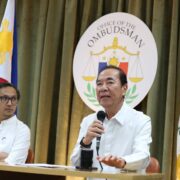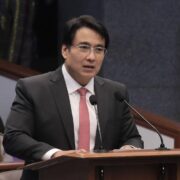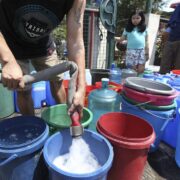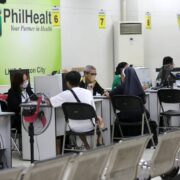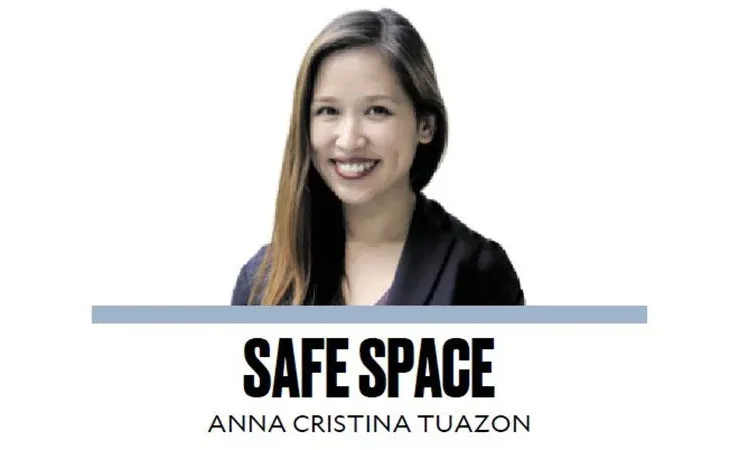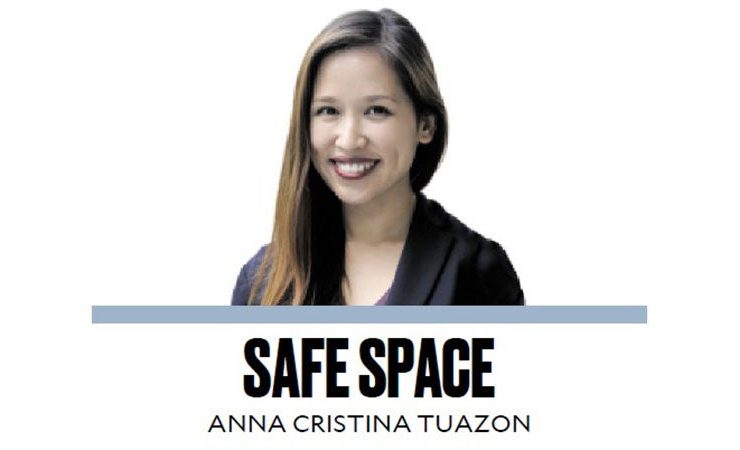Schools return, and so do their problems
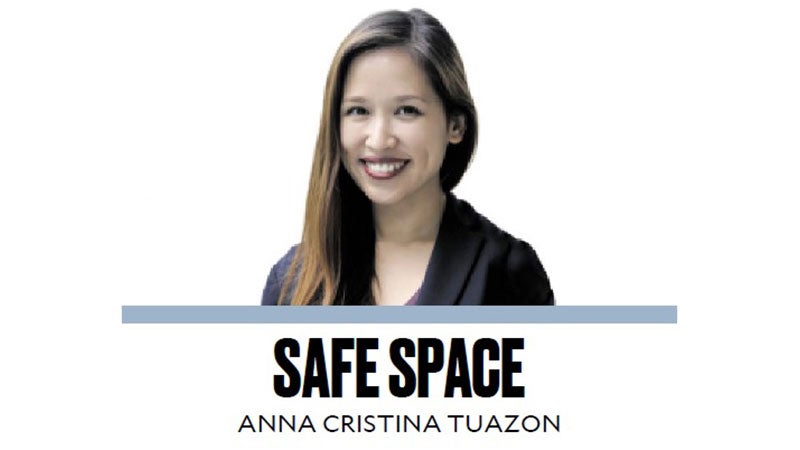
School resumed, and so did its problems. The classroom shortage seems to be getting worse, with a current gap of 165,000 classrooms. Parents nearly stampede the entrance gates trying to pick up their children, just like what happened at Bagong Silangan Elementary School. Only 60 percent of schools have internet connectivity. Out of 4,254 public schools in Eastern Visayas, only 10 have licensed guidance counselors.
None of these problems are new. They are so long-standing that I can’t help but feel frustrated to see such headlines return at the start of each academic year, knowing that yet again, nothing was done about it. The frustration compounds when, as fellow columnist Inez Ponce de Leon wrote yesterday, we know that this is partly the consequence of the Vice President’s disastrous turn as secretary of the Department of Education (DepEd) and her alleged misuse of the department’s funds, which led to her impeachment—now being actively deferred by the Senate (see “As basic as principles,” 6/18/25). While the President seemed to have made specific directives to solve some of public education’s problems and current DepEd Secretary Sonny Angara is proposing public-private partnerships to facilitate the building of classrooms, the rest of the government does not seem to have made the connection that what they do—or refuse to do—impacts students’ well-being. I am not letting the President completely off the hook, too, as he was the one who appointed the Vice President to the DepEd, to begin with, knowing full well she lacks any appropriate credentials or skill set for it.
Despite how it looks, the woes of public education are actually solvable. We have the technical know-how, the professional expertise, and all the models from around the world to help us craft sensible solutions. We have the barangay infrastructure, which allows us to reach constituents where they are. We are not lacking in manpower; we have a large hungry workforce ready to be employed to service the needs of students. Oh, and the money. The government has money. They just need to turn off the spigot of corruption and kickbacks.
This is why rooting out corruption is important and where it can lead to something “na pwedeng kainin,” to counter Sen. Christopher “Bong” Go’s retort in his defense of the impeachment’s dismissal. For example, if a classroom can be built for P800,000, as what Angat Buhay Foundation can do, then the P125 million in confidential funds that the Vice President spent in 11 days could have been used to build 156 classrooms. In comparison, she built only 192 classrooms in her first and only full-term year as DepEd Secretary. Using another scenario, if the Marcoses paid their P203 billion estate tax liability, that could pay for 253,750 classrooms, essentially solving the classroom shortage in one swoop.
We can maximize community resources to build a sustainable public education. We can employ parents to work part-time at schools, as cooks, safety and crowd control monitors, facility maintenance staff, teachers’ aides, and after-school club coaches. This provides livelihoods for parents while keeping close to their children. They are more likely to provide quality work since their children will be direct benefactors of their service. We can contract with local businesses for supplies and professional services needed at schools. This can include farms to provide fresh produce, tailors and seamstresses to provide uniforms and eateries to provide food for students and staff alike. This can boost the local economy and help small businesses thrive. Physical education (PE) classes can be held in community basketball courts, parks, and dance studios, providing revenue for such businesses while exposing children to a variety of activities. I remember PE at UP Diliman including hockey classes at SM Megamall and wall climbing at POWER UP, examples of such a tie-up.
We can accelerate teacher training by strengthening internships at schools, where education majors can become teaching assistants in public schools. We can take a page from professional psychology training abroad, where practicum starts from year one. The apprenticeship can be tiered depending on student skill level, starting with assisting in scoring tests and homework, progressing into handling breakout groups in classes, providing mentoring for students needing individualized attention, then finally handling subjects on their own. This will significantly supplement the teaching workforce and allow for quality education and immersion for the trainees, hopefully setting them up for success in the licensure examination for teachers, which currently has a passing rate of only 30 to 40 percent. Having to mentor and model for trainees will also discourage existing teachers from being complacent and prevent abusive behaviors since there will be observers in the classroom.
More teachers in the classroom also means less bullying among students.
We shouldn’t be so resigned to public education’s perennial problems. Solutions exist and we just need to get greed and incompetence out of the way.
——————
aatuazon@up.edu.ph





